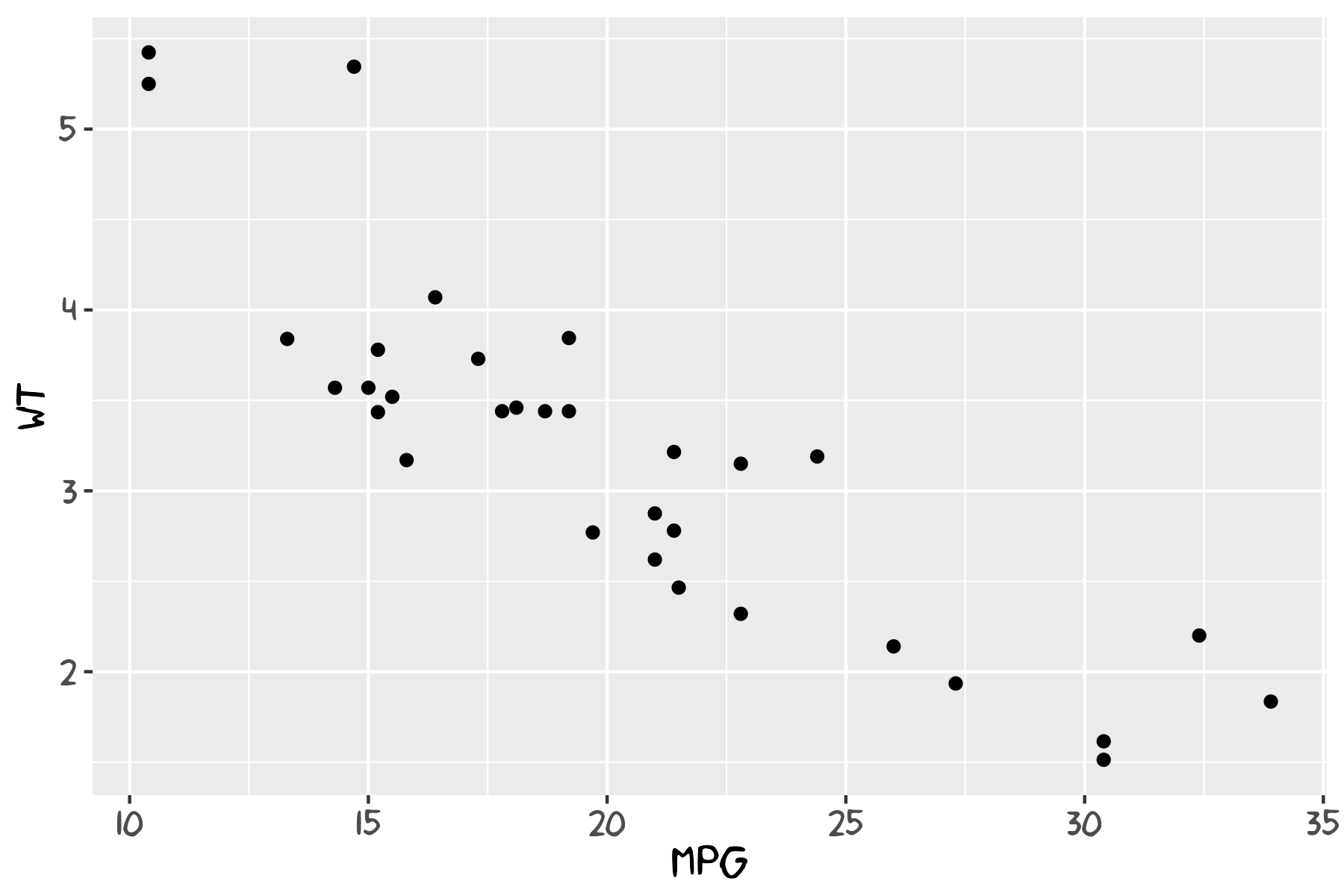
The hardware and bandwidth for this mirror is donated by dogado GmbH, the Webhosting and Full Service-Cloud Provider. Check out our Wordpress Tutorial.
If you wish to report a bug, or if you are interested in having us mirror your free-software or open-source project, please feel free to contact us at mirror[@]dogado.de.

An R package to create hand-drawn (xkcd-style) plots and elements for ggplot2.
This repository contains the source for the xkcd package
(development version). Originally from
https://r-forge.r-project.org/projects/xkcd/ which is deprecated and now
maintained independently.
Install the current development version from GitHub:
# using remotes
remotes::install_github("ToledoEM/xkcd")
# or using devtools
devtools::install_github("ToledoEM/xkcd")library(xkcd)
library(ggplot2)
df <- data.frame(x = 1:10, y = cumsum(runif(10, -0.5, 0.8)))
ggplot(df, aes(x = x, y = y)) +
geom_xkcdpath(linewidth = 1, colour = "black") +
theme_xkcd()Hmisc::bezier() internally for
smoothing paths.linewidth (ggplot2 >= 3.4.0) for line
thickness; older code using size is supported where
possible.To use xkcd fonts in your plots, you need to install and register them with R’s graphics system.
If xkcd fonts are not already installed on your system:
library(extrafont)
# Download and install the font
download.file(
"https://toledoem.github.io/img/xkcd.ttf",
dest = "xkcd.ttf", mode = "wb"
)
font_import(pattern = "[X/x]kcd", prompt = FALSE)Run this small example to verify the xkcd font is
available and to produce a quick check plot. This should be run locally
after installing the font and registering it with
extrafont.
# Font availability check and example plot
library(extrafont)
library(ggplot2)
if ('xkcd' %in% extrafont::fonts()) {
p <- ggplot() + geom_point(aes(x = mpg, y = wt), data = mtcars) +
theme(text = element_text(size = 16, family = "xkcd"))
} else {
warning("xkcd fonts are not installed; using default font for plot.")
p <- ggplot() + geom_point(aes(x = mpg, y = wt), data = mtcars)
}
print(p)
# Optionally save a small PNG to `vignettes/` for documentation purposes
try({
ggsave(filename = file.path("vignettes", "font_check.png"), plot = p, width = 6, height = 4)
}, silent = TRUE)Before plotting, register fonts with your graphics device:
library(xkcd)
library(extrafont)
# Load fonts for your output device
extrafont::loadfonts(device = "win", quiet = TRUE) # or "pdf" or "postscript"
# Then create your plot
ggplot(...) + theme_xkcd()To automatically load fonts when the package is attached (opt-in):
# Set before loading the package
options(xkcd.auto_load_fonts = TRUE)
library(xkcd)This is opt-in to avoid surprising side-effects during package attach.
Below are three examples from the vignette:



Set up a development workflow with:
Note: A TeX distribution (for example, MacTeX or
TinyTeX) is required to compile vignettes or to build the PDF manual
during development. If LaTeX is not available you can either skip the
manual with --no-manual when checking or install TinyTeX
from R:
# from R: install tinytex and the TinyTeX distribution
install.packages("tinytex")
tinytex::install_tinytex()# Regenerate documentation from roxygen comments
devtools::document()
# Run package checks (skip PDF manual if LaTeX not installed)
devtools::check(args = "--no-manual")
# Build vignettes
devtools::build_vignettes()
# Install from local source
devtools::install_local()To render the vignette directly:
rmarkdown::render("vignettes/xkcd-intro.Rmd")The package requires:
Install dependencies with:
install.packages(c("ggplot2", "Hmisc", "grid", "extrafont"))Contributions, bug reports, and pull requests are welcome. Please open an issue with a description and minimal reproducible example if relevant.
This package is released under the MIT License. See the LICENSE file for details.
These binaries (installable software) and packages are in development.
They may not be fully stable and should be used with caution. We make no claims about them.
Health stats visible at Monitor.